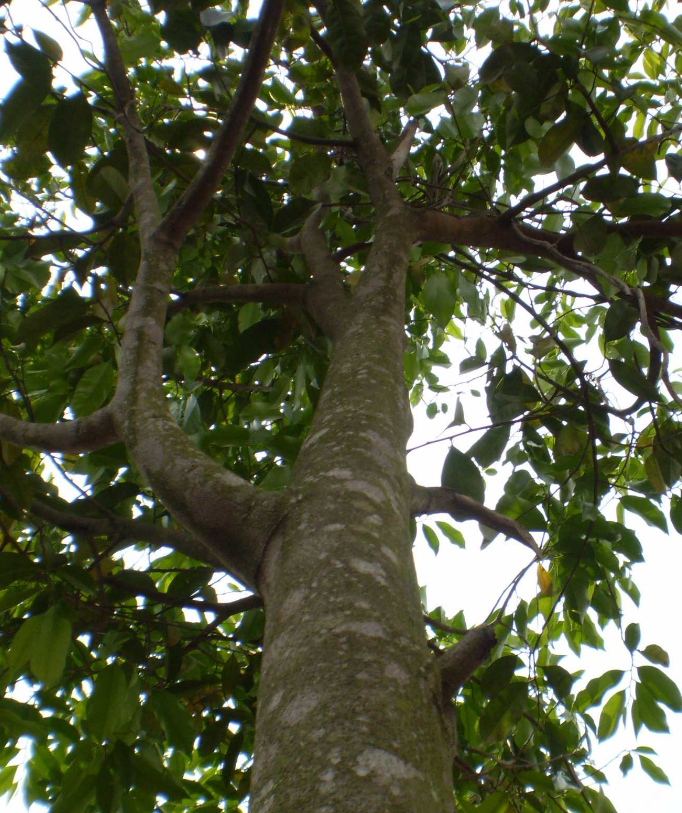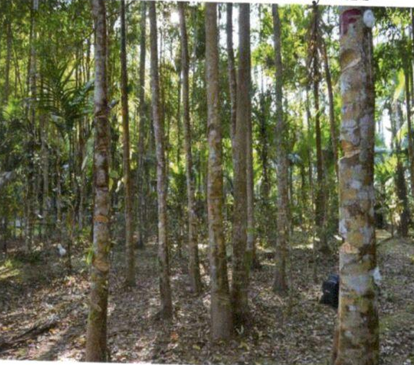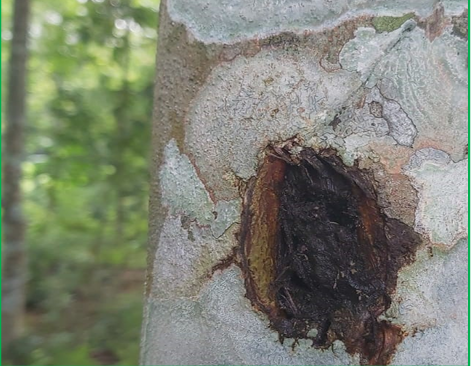Discover the art of agarwood cultivation, the precious “Woods of Gods.” Learn about its growth conditions, resin production, and the global market for this rare and valuable wood.

Introduction
Agarwood, also known as oud or gaharu, is a highly valued fragrant resinous wood revered for its distinctive aroma. This precious wood forms when Aquilaria trees undergo wounding and fungal infection, triggering the production of aromatic resin as a defense mechanism. For centuries, agarwood has been an integral part of cultural, religious, and medicinal traditions, making it one of the most sought-after natural commodities in the world. In this guide, we explore the fascinating process of cultivating agarwood, its significance, and the methods to ensure sustainable growth and harvesting.
What is Agarwood?
Agarwood, also called eaglewood, aloeswood, and gaharu, is a fragrant heartwood produced by Aquilaria species, which belong to the Thymelaeaceae family. It is used in the production of high-end perfumes, incense, and traditional medicines. The resin-infused wood is prized for its deep, musky scent, making it a symbol of luxury and spirituality across various cultures.

Global Demand and Commercial Value
Agarwood oil is a coveted product, especially in countries like Japan, China, the United Arab Emirates, and Saudi Arabia. The Middle East has a particularly high demand for agarwood oil, as it signifies wealth, hospitality, and cultural heritage. Depending on the resin content, agarwood chips can range from £20 to £6000 per kilo, while pure agarwood oil can fetch prices as high as £20,000 per liter.
Geographic Distribution and Conservation Status
Agarwood trees are native to Northeast India, particularly Assam, and are also found in Burma, Indonesia, Thailand, and Papua New Guinea. The species is protected under the Indian Forest Act (IFA) of 1927, as overharvesting and illegal trading have led to a significant decline in its population. Sustainable cultivation practices are crucial to preserving this valuable species while meeting global demands.
Ideal Conditions for Agarwood Cultivation
Agarwood trees thrive in hilly regions at altitudes above 750 meters. Key factors for successful cultivation include:
Soil Type: Clay, sandy, yellow, or red podzolic soil with a pH of 5.5 to 7.5.
Humidity: Ideal levels between 77-85%.
Temperature: Ranges between 20°C and 33°C.
Rainfall: Approximately 4000 mm annually.
Sunlight: Requires at least 5-6 hours of direct sunlight daily.

Cultivation Process
1. Planting Agarwood Trees
- Select sloping land to prevent water stagnation.
- Saplings should be 60-90 cm in height before transplantation.
- Dig planting holes of 40 x 40 x 40 cm and enrich them with coco peat and Triple Super Phosphate (TSP) for optimal growth.
- Use organic fertilizers such as cow dung to improve soil fertility.
2. Growth and Maintenance
Monitor for pests like termites, wood borers, and leaf miners; use insecticides and fungicides as needed.
Regular watering is essential during the initial growth phase until the tree reaches a height of 4-5 feet.
Apply a balanced liquid fertilizer every two months until the tree is self-sustaining.

Inducing Resin Production
Agarwood resin forms when trees experience natural damage or artificial inoculation. Fungal inoculation is a method where fungi are introduced into the tree’s xylem, creating wounds that trigger resin formation. Within a few months, resinous wood develops in affected areas.
Harvesting and Processing
Oil Extraction: Approximately 70 kg of agarwood yields just 20 ml of oil, making it one of the rarest and most expensive essential oils.
Resinous wood detection: Use an electric hand drill to inspect resin production.
Cutting and Processing: If sufficient resin has formed, trees are chopped into logs and sent for processing.

Profitability of Agarwood Cultivation
Yield and Market Value: A single tree produces around 5 kg of agarwood, contributing to a global market worth $8 billion.
Growth Timeline: Trees reach full maturity in 15 years.
Number of Trees per Acre: Around 1500 agarwood trees can be cultivated on an acre of land.
Frequently Asked Questions (FAQs)
1. How long does it take for an agarwood tree to produce resin?
It takes around 15 years for natural resin production, but artificial inoculation can speed up the process.
2. What are the primary uses of agarwood?
Agarwood is used in perfumes, incense, traditional medicine, and religious ceremonies.
3. Can agarwood be cultivated in non-hilly regions?
Yes, but it requires well-drained soil, adequate sunlight, and suitable humidity levels to thrive.
4. How is agarwood oil extracted?
Oil is extracted through steam distillation of resin-infused heartwood.
5. Why is agarwood so expensive?
The rarity of natural resin formation, labor-intensive harvesting, and global demand contribute to its high market price.
Conclusion
Agarwood, revered as the “Woods of Gods,” is a lucrative yet delicate industry. By adopting sustainable cultivation practices and scientific methods, farmers can ensure both ecological conservation and financial success. If managed properly, agarwood farming can be a highly profitable venture, contributing to the global fragrance and wellness markets.
